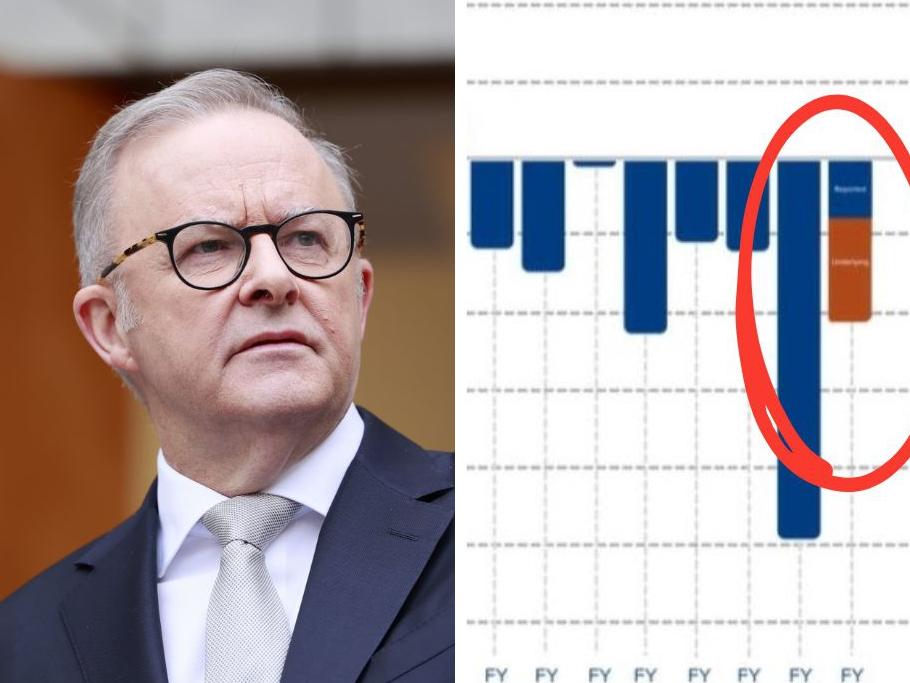
Australia’s migration intake has surged to unprecedented levels, doubling the pre-pandemic figures and igniting fresh concerns about its impact on housing prices, rental markets, and public services. According to the latest data from the Australian Bureau of Statistics (ABS), the country welcomed 110,062 new arrivals in the March quarter alone, equating to approximately 1,223 people per day and nearly 500,000 annually.
This significant influx, accounting for three-quarters of the nation’s population growth, has drawn criticism for exacerbating housing shortages and inflating property prices. The intake during the March quarter was double the pre-pandemic average of 55,036, recorded from March 2010 to March 2020.
Impact on Housing and Infrastructure
Critics argue that the current migration levels are overwhelming Australia’s housing supply, leading to severe rental shortages and record property prices. The Institute of Public Affairs has been vocal, claiming that the surge, sanctioned by the Albanese Government, has shattered the dream of home ownership for many Australians.
“The elevated level of migration is no longer a post-pandemic catch up. It’s the new normal under the Albanese government. It is something that Australia simply cannot afford – with housing, infrastructure, and services unable to keep up,” said Daniel Wild, the think tank’s deputy executive director.
Housing experts have noted that migration primarily affects the rental market, although its effects are spilling over into the buying market. Recent data from SQM Research highlights a critical shortage of available homes, with vacancy rates in most cities hovering near record lows of under one percent.
Challenges in Meeting Housing Targets
The warnings coincide with figures from the Housing Industry Association (HIA), which indicate that Australia is lagging in meeting the National Housing Accord’s targets to build 1.2 million new homes by 2030. HIA Managing Director Jocelyn Martin expressed concern over the current pace of construction.
“There were only 168,050 dwelling commencements nationally in the 2024 calendar year. If we continue at this pace, Australia will fall well short of the 1.2 million homes target. HIA’s forecast shows only around 986,000 homes will be delivered to market over the five years to 2028/29,” Martin stated.
Martin also pointed out that the building industry faces persistent challenges, including constrained land supply, slow planning systems, and rising costs due to charges and taxes. These issues, coupled with interest rates, skill shortages, and material costs, further complicate the situation.
Political and Social Reactions
The ABS data confirms that net overseas migration is running at twice the pre-Covid quarterly average, raising doubts about the government’s ability to manage population growth effectively. Daniel Wild criticized the government’s strategy, suggesting it has contributed to a prolonged per-capita recession.
“Australia is a tolerant and welcoming country, and migration has and will always be a part of our national story. But Australia’s migration program needs to be properly planned for, sustainable, and have the support of the community,” Wild emphasized.
Migration has become a contentious issue, with thousands protesting across Australia last Saturday. Demonstrators from various political backgrounds gathered in major cities, leading to confrontations with police as they voiced their concerns over mass migration and racism.
The migration boom coincides with a challenging affordability crisis for first-home buyers, as property prices in cities like Sydney, Brisbane, and Melbourne approach record highs. These increases often negate the benefits of recent interest rate cuts, further straining potential buyers.
Former deputy secretary in the immigration department, Abul Rizvi, and ANU professor Alan Gamlen highlighted that net overseas migration is a crucial metric for assessing the impact on housing and services. Federal government figures show a net overseas migration of 341,000 for 2024, a decrease from the 538,000 peak in 2022/23.
As Australia grapples with these complex issues, the debate over migration and its effects on the nation’s housing market and infrastructure is likely to continue, demanding careful consideration and strategic planning from policymakers.







